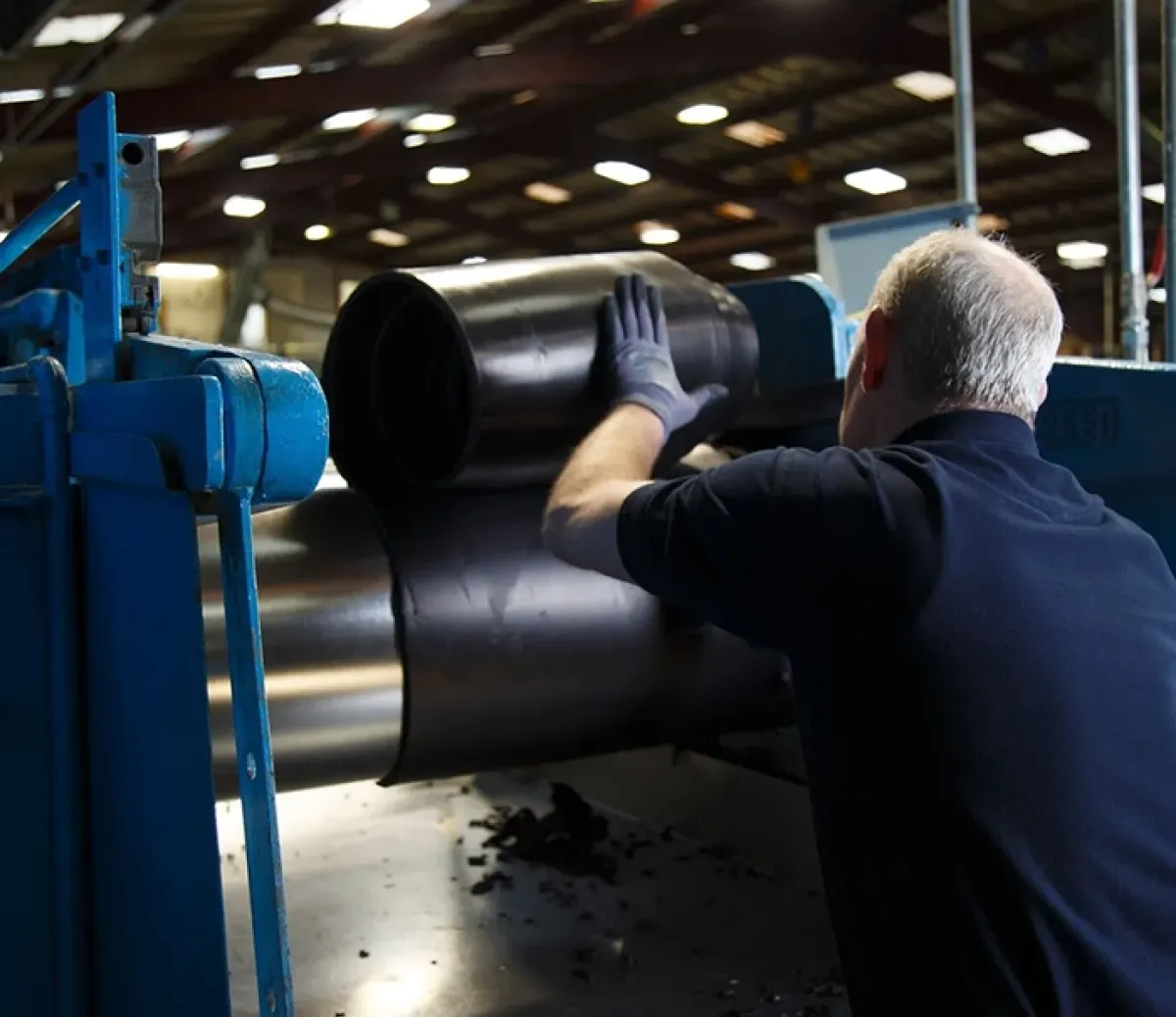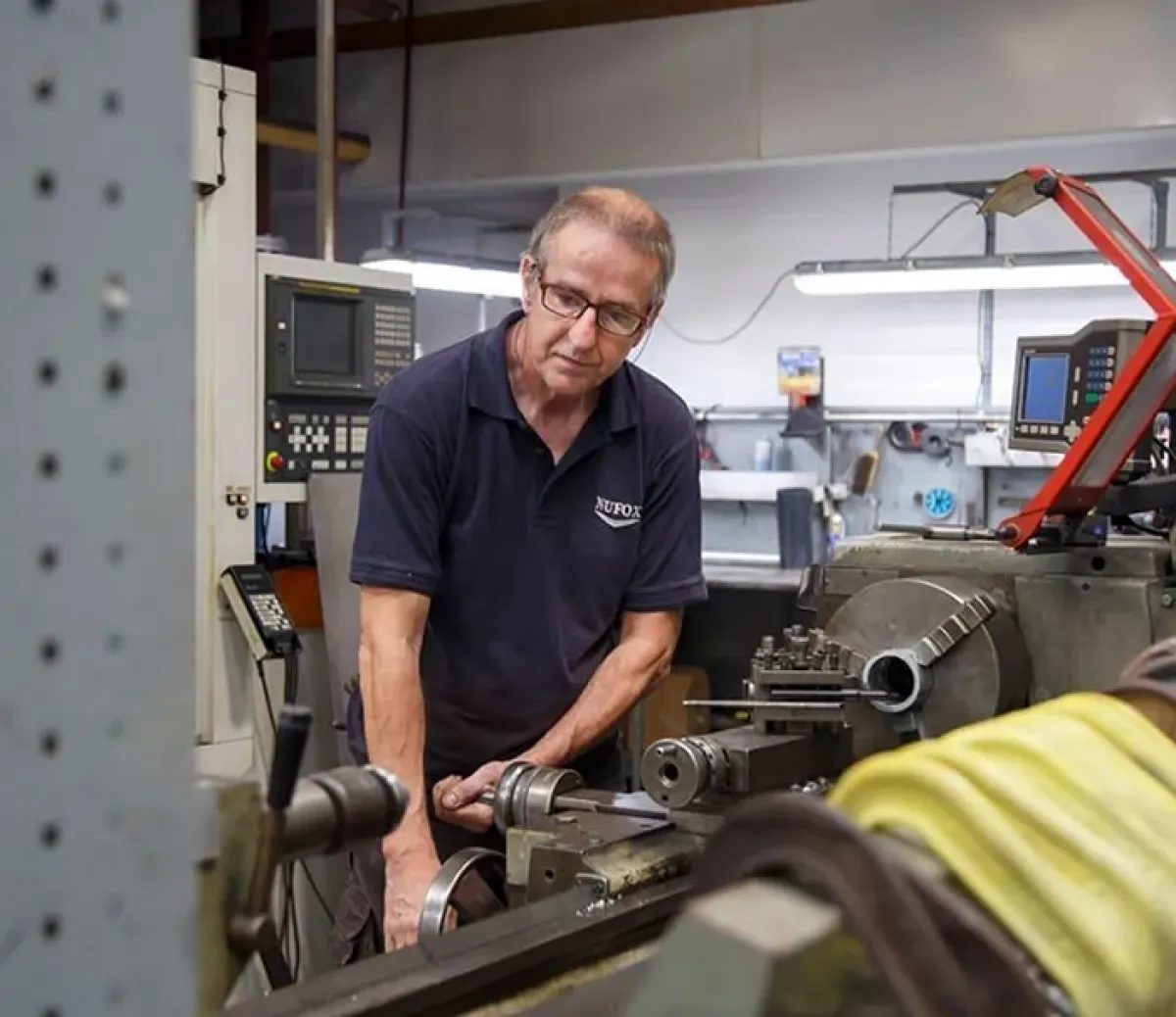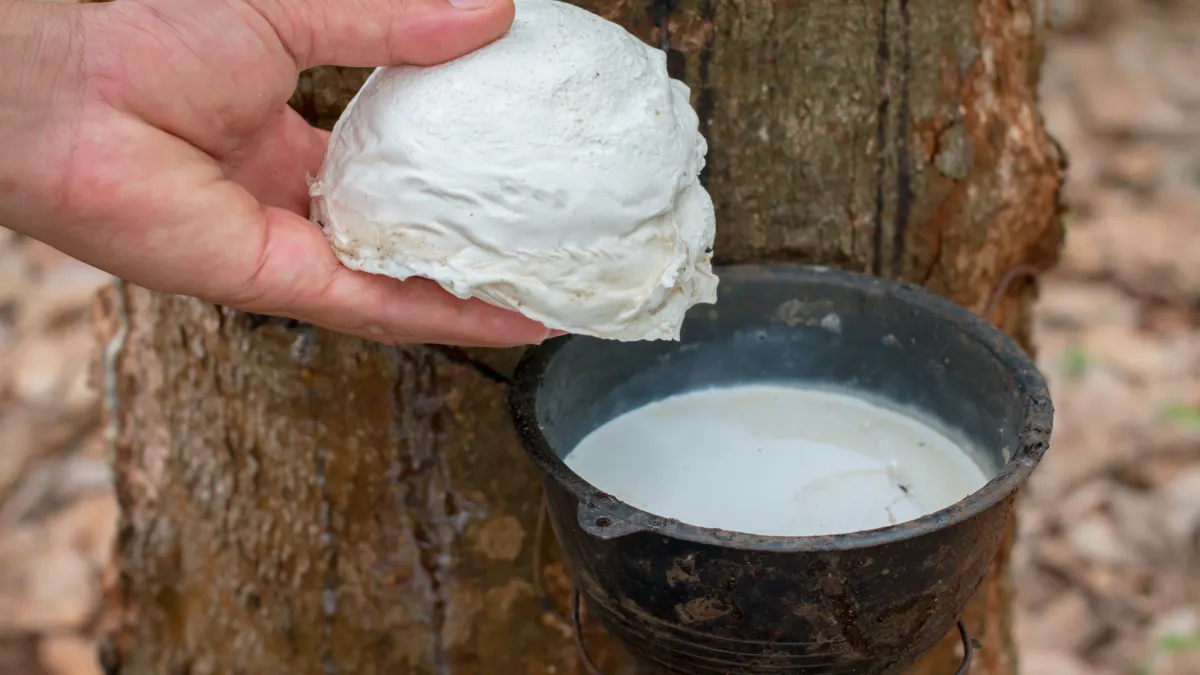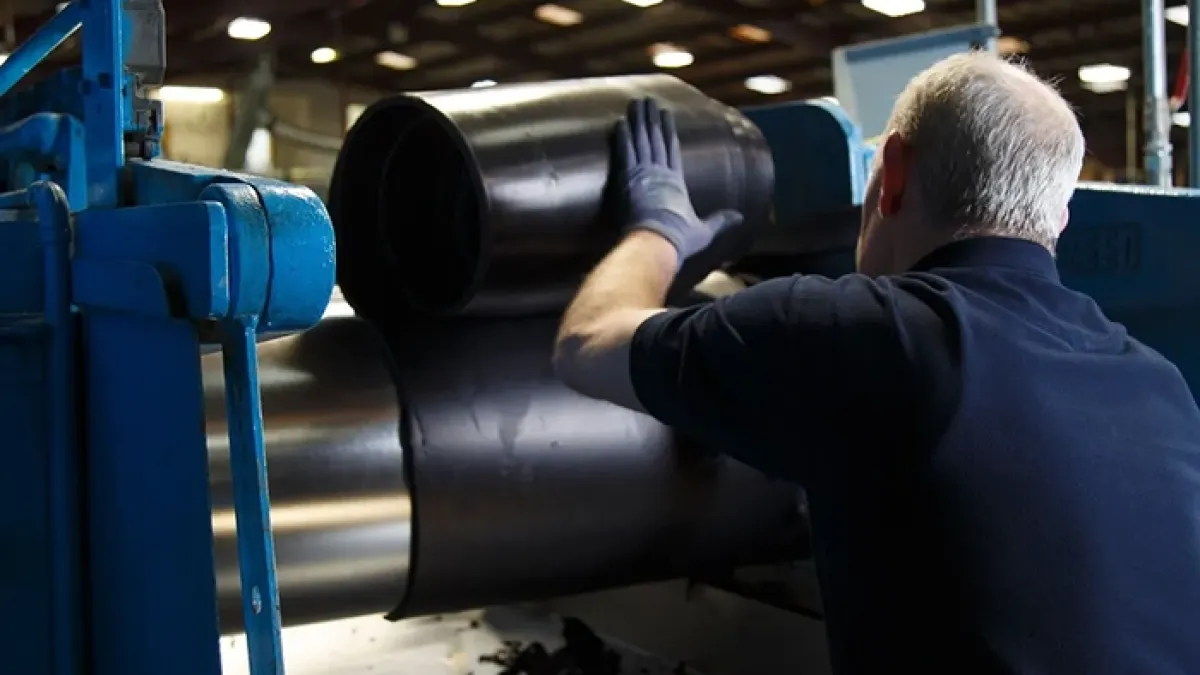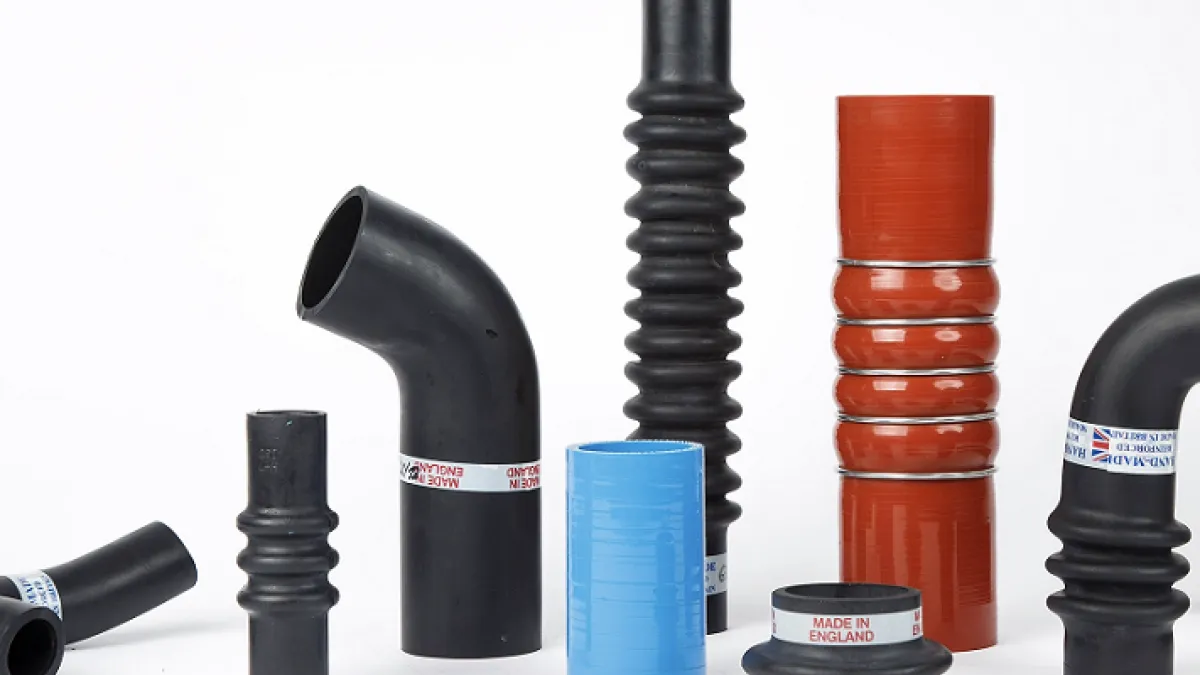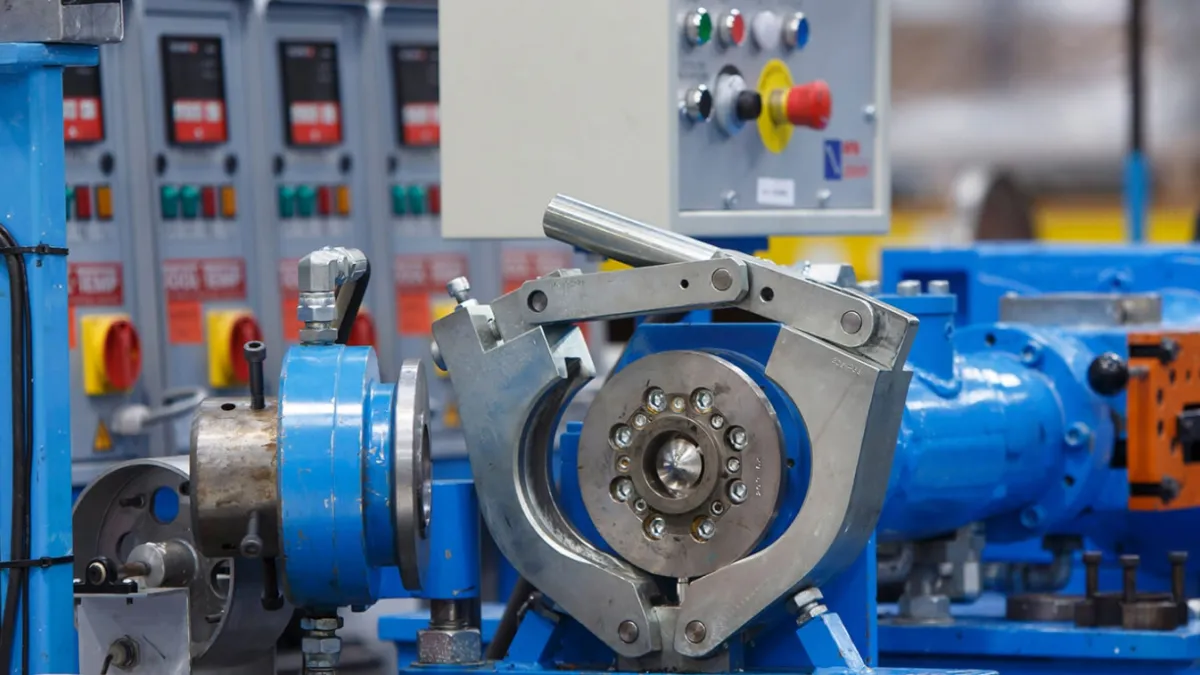By using this website, you agree to our Privacy Policy
×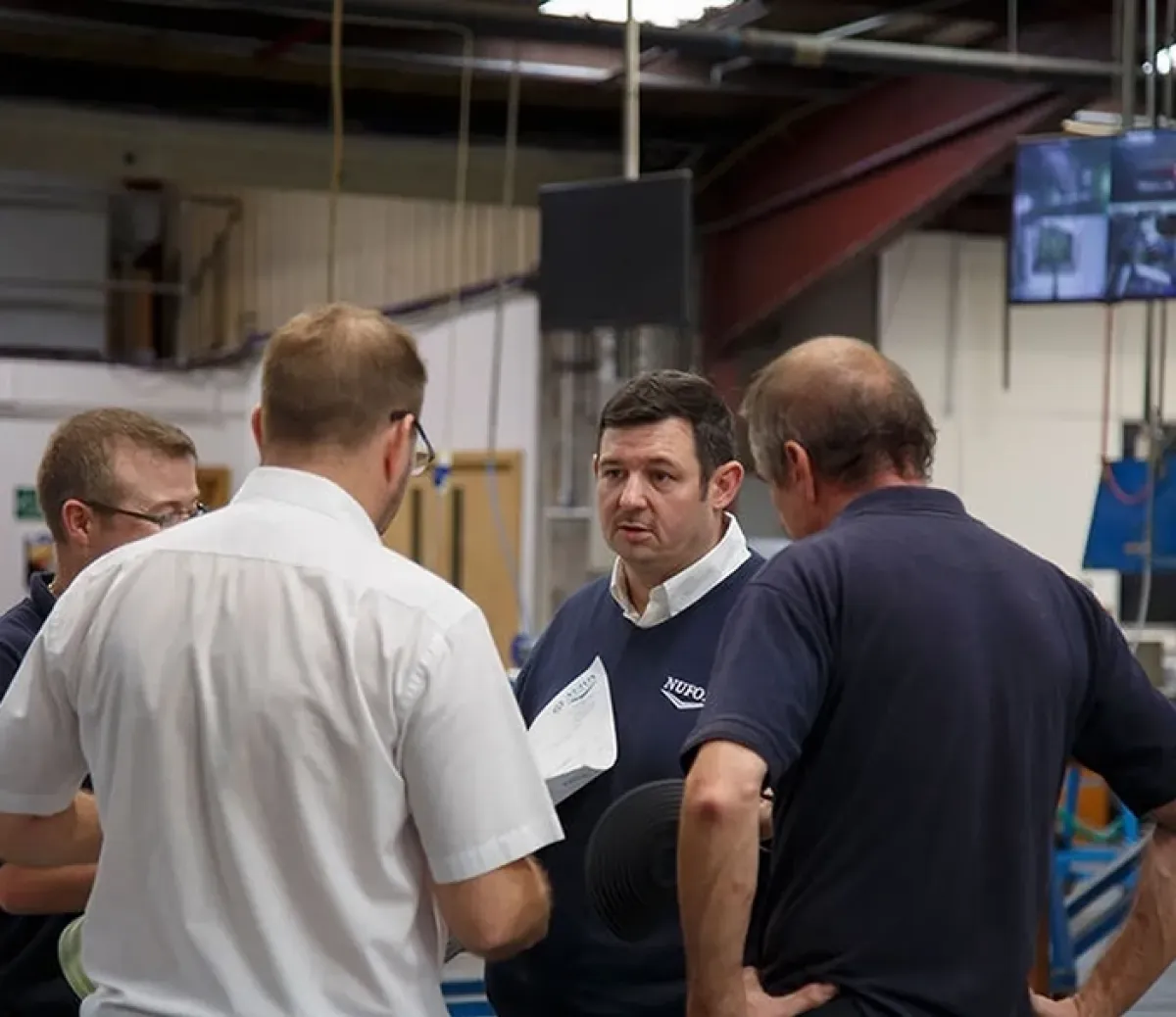
Understanding Rubber Extrusions: A Comprehensive Guide
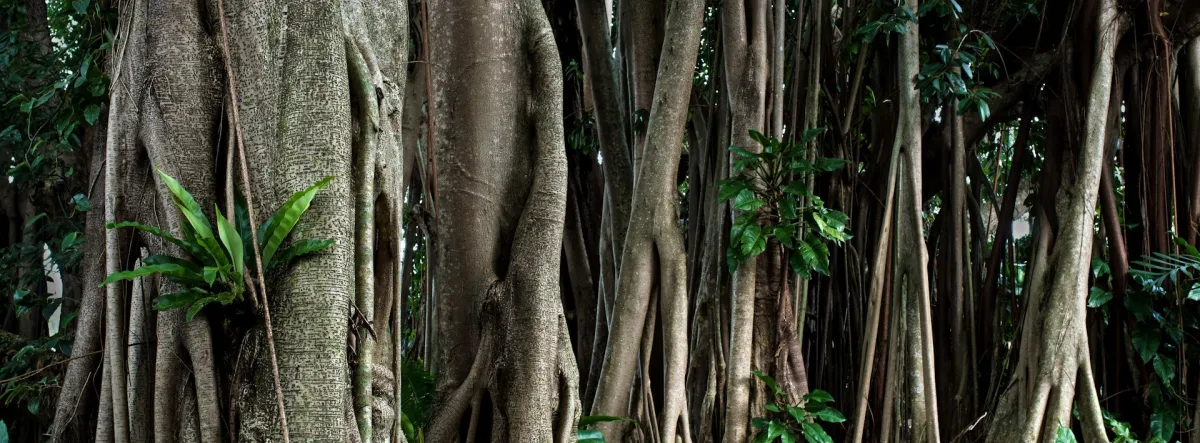
Rubber extrusion is the essential linchpin in many products. It’s also a key element in the manufacture of more complex products like cars, responsible for seals and gaskets without which vehicles could not function.
For any business needing consistent, uniform profile products in a specific shape, rubber extrusion is a time-saving, cost-saving, fast-turnaround solution. Find out everything you need to know about the rubber extrusion process and its uses here.
What is Rubber Extrusion?
Simply put, rubber extrusion is the process of turning rubber into specific shapes. This is one of the best ways to create custom shapes out of rubber. ‘Extrusion’ means “the process of forming something by forcing or pushing it out, especially through a small opening”. Rubber’s ability to soften when heated and regain its shape when cooled, combined with its elasticity, means that rubber is well suited to the extrusion process.
Rather than being poured or pressed into a mould, extrusion involves pushing rubber through a machine with a specifically shaped hole, similar to a pasta machine or Play-Doh machine. This produces a long string of rubber in the desired shape, which can be cut to size.
A Science Lesson on Rubber
Tyres, seals on jars, shoe soles, and balloons are some commonly thought-of items when you ask 'name some things made of rubber'. Let's clarify how rubber is made.
Soke trees and flowering plants emit liquid when their stems or surfaces are broken as a defence mechanism. This liquid is a latex suspension containing a mixture of water, proteins, carbohydrates, and, most importantly, a polymer called isoprene, made up of repeating 2-methyl-1,3-butadiene molecules. Isoprene is the key component to rubber as we know it.
In order to begin the process of creating rubber, this polymer needs to be isolated from the suspension it's found in (the milky liquid that comes from the cut plant). Latex suspension can be collected via tapping, a process where a hole is drilled into a tree, and the sap flows out due to the tree's internal pressure being greater than that of the external environment. Rubber trees are generally where this suspension is harvested.
The suspension is then treated to prevent bacteria growth, and the isoprene polymer is separated using a centrifuge, which concentrates it down from about 25%-40% to 60% within the suspension. This liquid-type polymer is used to make items like disposable latex gloves, created by dipping moulds into the polymer.
This concentrated liquid is natural rubber or liquid latex. In this state, the liquid polymer will melt if heated and become solid if cooled. So, how does this rubber turn into the rubber used for items like car tyres, which need to be denser and hardier?
To prepare rubber for these types of products, it needs to be vulcanised. In its raw state, liquid rubber is made up of individual polymers (isoprene), which gives it its physical characteristics. Adding sulphur to liquid rubber creates bonds called crosslinks between the polymers, forcing them to connect to one another. This creates structure in the rubber and transforms it into a more solid state. This is vulcanised rubber.
The more crosslinks, the more tightly the polymers are held together, and the more dense and solid the rubber becomes. The rubber used for rubber bands contains fewer crosslinks than rubber for a car tyre, and you can imagine how the quantity of crosslinks affects the rubber, knowing how stretchy and malleable these items are compared with one another. Crosslinks can also be different lengths, with shorter crosslinks being more heat-resistant. Rubber can be altered depending on what it will be used for and the characteristics it needs in it’s final product form.
To prepare rubber for extrusion, the vulcanised rubber is further processed by mixing it with various additives such as fillers (e.g., carbon black for strength), plasticisers (for flexibility), stabilisers (to prevent degradation), and curing agents. These additives modify the rubber's properties, enhancing durability, elasticity, and heat resistance.
The Rubber Extrusion Process Explained
1. Preparing the raw material
Raw rubber needs to be prepared for extruding in the process detailed above. All additives are thoroughly blended in mixers to create a homogeneous compound with the right characteristics for extrusion. What chemicals are used to prepare rubber for extrusion into intended end products?
Type | Chemical |
Filler |
|
Plasticiser |
|
Stabiliser |
|
Curing Agent |
|
Accelerator |
|
Activator |
|
Antidegradant |
|
Processing Aid |
|
Reinforcing Agent |
|
2. Feeding the extruder
The compound rubber is fed into the extruder's hopper, which ensures a consistent and controlled supply of material. At this stage, the rubber is usually in strip or pellet form.
3. Inside the extruder
Within the machine, two processes happen. First, the rubber passes along a rotating screw inside a heated barrel at between 100°C and 150°C. This heats the rubber in stages, gradually softening it. Whilst this is happening, the rotating screw also manipulates the rubber by shear force (pulling and stretching it apart) to help soften and homogenise it.
4. Shaping the rubber
Now that the rubber is prepared at the right consistency, it can be shaped. The key component in doing this is the die, the plate with the hole in the centre through which the rubber will be pushed. This defines the final product. The hole in the die has a unique cross-sectional shape and size, depending on what the product needs to look like.
5. Cooling and solidifying
As the rubber exits the die, the extruded profile immediately begins to cool and solidify, either in cooled air or a cooling bath. This rapid cooling ensures the rubber solidifies into its final shape with high fidelity, prevents deformation, and ensures dimensional stability.
6. Curing the extruded rubber
Sometimes, extruded rubber needs further vulcanising or curing to make it stronger and more durable. This is usually necessary for high-performance applications, complex profiles, or specialised requirements like enhanced resistance to certain types of exposure. Curing occurs in an oven or autoclave.
7. Cutting and finishing
Extruded rubber is produced in a continuous string in the profile of the die, so it needs to be cut to size. This ensures uniform lengths ready for the intended application. Extruded rubber can be produced in a long length, coiled up, or in sections of any length needed. Additional finishing processes like trimming, splicing, or adding coatings or adhesives also happen now.
Customisation and Rapid Prototyping
Advances in CAD/CAM and 3d printing technologies have revolutionised the design and prototyping of custom rubber extrusions. Engineers can now quickly model, simulate, and produce prototype profiles for testing, reducing lead times and enabling small-batch or highly complex extrusions that meet precise customer requirements.
Quality Control and Common Extrusion Defects
Quality control is essential in rubber extrusion to ensure consistent product performance. Common defects include surface blemishes, dimensional inaccuracies, incomplete curing, and contamination. Advanced process monitoring, precise die engineering, and regular inspection help minimise these issues, ensuring each extrusion meets stringent industry standards.
Digitalisation and Industry 4.0
The rubber extrusion industry is undergoing digital transformation with the adoption of Industry 4.0 technologies. Digital twins, virtual replicas of extrusion lines, allow manufacturers to simulate processes, identify bottlenecks, and optimise workflows before production begins. Real-time process monitoring, automation, and predictive maintenance powered by smart sensors and AI are now commonplace, improving quality, reducing downtime, and enabling full traceability from raw material to finished product.
Common Applications of Rubber Extrusions
Because of the nature of production, rubber extrusion is ideal for creating products requiring a continuous uniform profile or cross-section. Cables, seals, gaskets, and hoses are some of the most common product types made with rubber extraction. These all feature a uniform profile and can be created to any custom length.
Check the table below for more examples of products made with rubber extrusion.
Industry | Products |
| |
| |
Aviation |
|
Electronics |
|
| |
Industrial |
|
| |
Consumer Goods |
|
| |
|
Benefits of Using Rubber Extrusions
Rubber extraction is ideal for creating products like the ones we’ve listed: cost-effective and potentially high-volume. The production process is fast and efficient. The sky is the limit for custom shapes; creating a custom die is easy, and this is the only part of the process that needs to be altered (save specific curing and finishing processes).
Automotive seals and medical tubing are two other products commonly made via rubber extrusion. In these applications, units need to be highly fidelity and consistent, and clients may need to order large quantities. Rubber extrusion has numerous benefits that make it perfect for a wide range of demands.
Consistency and uniformity—the process produces continuous profiles with consistent cross-sectional dimensions and uniform quality throughout the product.
Cost-effectiveness—the process is efficient for high-volume production runs, reducing material waste and manufacturing costs.
Versatility—the process can create complex shapes and custom profiles that other manufacturing processes might struggle to achieve.
Material flexibility—the process allows using various rubber compounds and additives to achieve specific properties like flexibility, durability, and resistance to chemicals and temperature.
Customisation—the dies can be easily customised to create products tailored to specific dimensions and requirements.
Scalability—suitable for both small-scale and large-scale production and, therefore, adaptable to different production needs.
Speed—high throughput rates make it an efficient process for quickly producing material of long lengths.
Post-processing—extruded rubber products can be easily cut, spliced, and finished to meet precise specifications.
Wide range of applications—rubber extrusion is suitable for various industries, including automotive, construction, aerospace, medical, defence, and consumer goods.
Key Considerations in Rubber Extrusions Manufacturing
Rubber extrusion is an innovation in rubber processing and manufacturing, but it’s not the best process for all rubber products. And with so many rubber-extruded products out there, the process isn’t the same every time. Here’s a list of the key factors that need extra consideration during the rubber extrusion process to ensure a successful, high-quality product.
Material Selection
Select the appropriate rubber compound based on the properties required of the end product. Different rubber compounds, such as natural rubber, EPDM, silicone, and neoprene, have different properties that lead to different flexibility, durability, heat resistance, and chemical resistance.
Additives like fillers, stabilisers, and curing agents will also impact the structure and behaviour of the rubber post and pre-extrusion.
Die Design
The die is an intrinsic component of the extrusion process that creates a unique shape based on a specific profile cut into the plate. The die must withstand operational pressures and maintain an accurate profile throughout. Though the options for cutting a die are wide-ranging, designs that are too intricate, too large, or too small can cause issues.
Process Controls
Temperature control is key to successful rubber extrusion. The rubber must be gently and gradually heated to soften it before extrusion, and this is done in stages within the machine.
Regulating pressure is also essential, ensuring consistent flow and shaping that produces a durable, uniform result.
Curing and Post Extrusion
Not all extruded rubber is cured or further vulcanised, but some must be. Extra treatment creates more crosslinks between the polymer chains, making the rubber denser, more solid, and stronger.
Similarly, cooling helps solidify the extruded rubber, which must be done correctly. Cooling must happen as quickly as possible when the rubber exits the extruder.
Environmental Factors
Rubber extrusion can be an excellent way to achieve sustainability objectives. It is a common practice to use recycled rubber, which must be thoroughly cleaned and blended with virgin rubber to meet quality standards.
Modern rubber extrusion is increasingly shaped by sustainability and circular economy principles. Manufacturers are adopting bio-based rubber compounds and incorporating recycled materials, such as post-consumer or end-of-life tire rubber, into new extrusions. Advances in devulcanisation technology now allow rubber waste to be efficiently reclaimed and reused in high-quality products, reducing landfill and resource consumption. Energy-efficient extrusion equipment and process optimisation further minimise environmental impact. Designing extrusions for end-of-life recyclability is becoming standard practice, supporting a closed-loop production cycle that aligns with global sustainability goals.
Find out more about rubber extrusion on our blog. Or take a look at what we can do for you. We offer rubber extrusion, rubber profiles, and other highly customised rubber processing services to create the exact products you need.
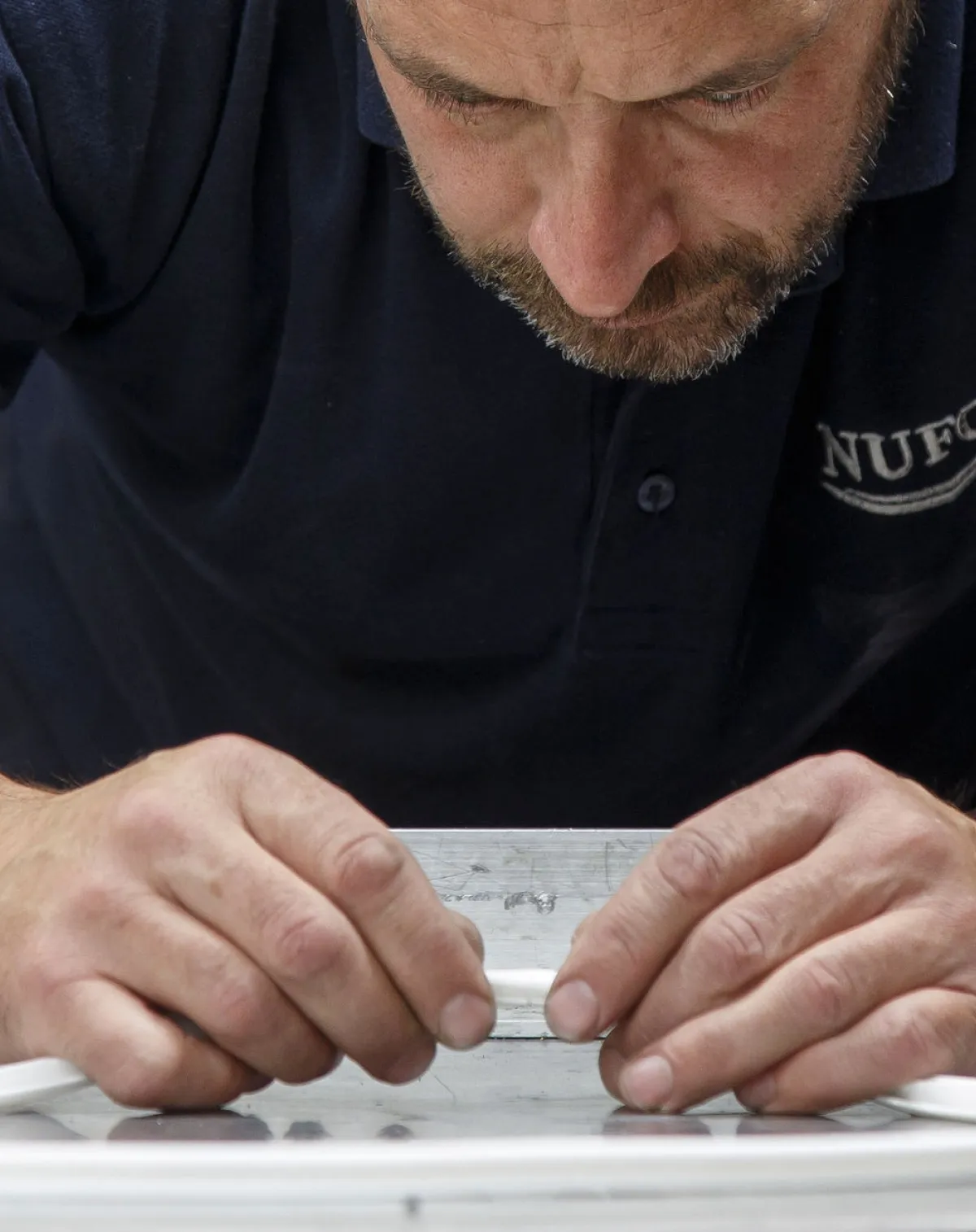
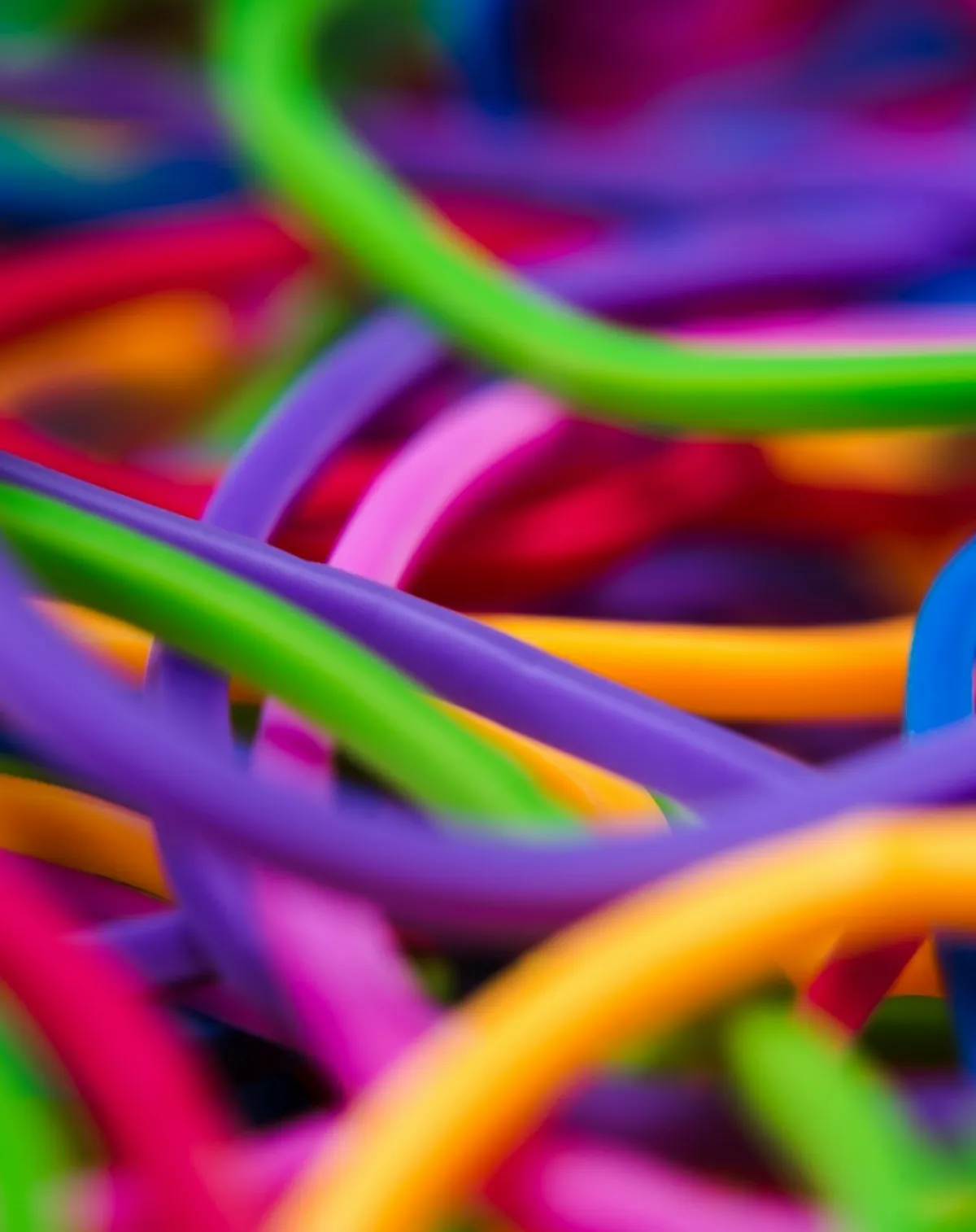
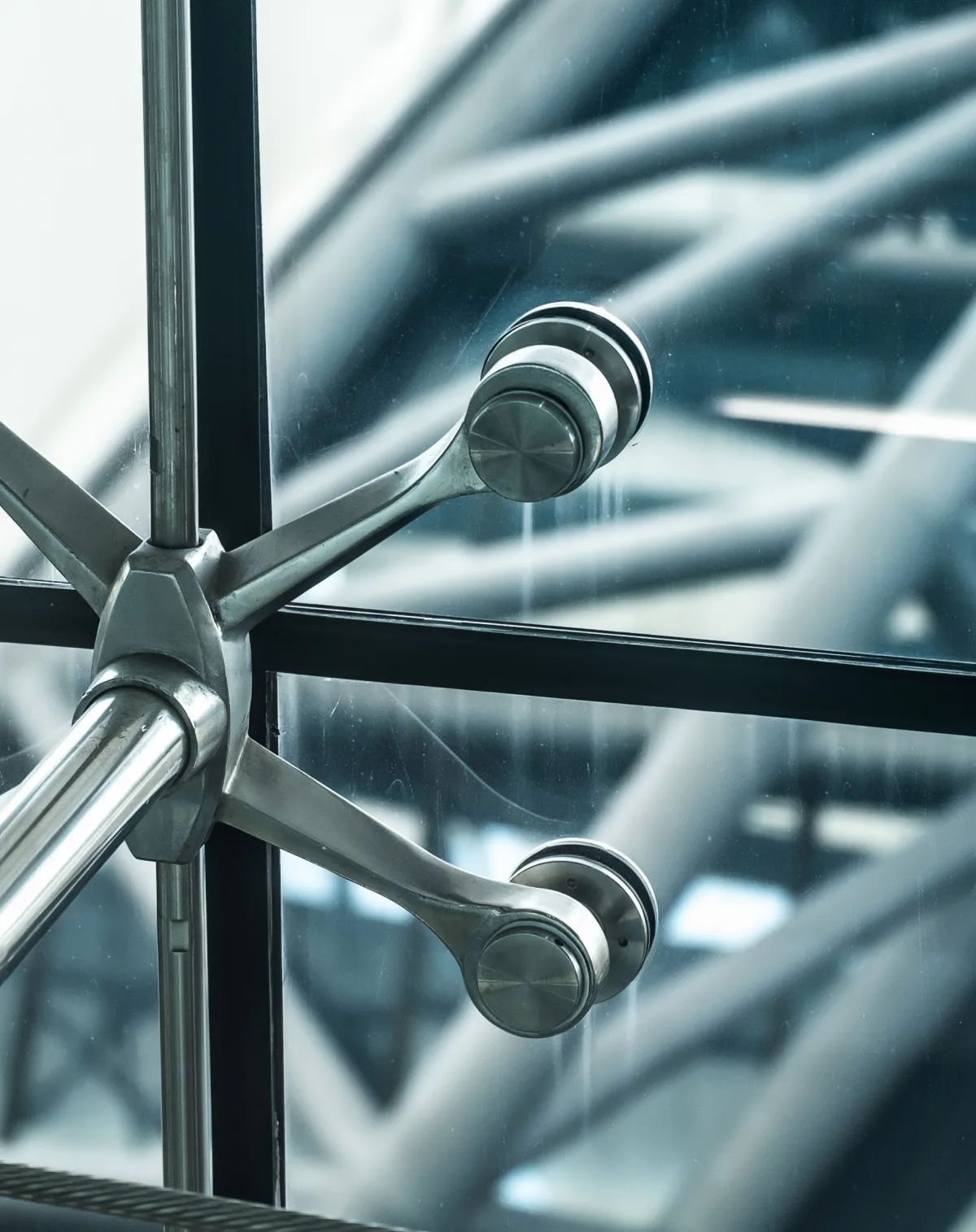

news
Continue reading
Speak to One of Our Experts
Contact UsLEARN
INDUSTRIES
PRODUCTS
BRANDS
GET IN TOUCH

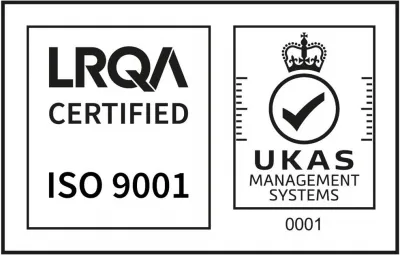
- © 2025 Nufox. All rights reserved |
- Terms & Conditions |
- Privacy Policy |
- Download ISO Certificate | Web Design MadeByShape
